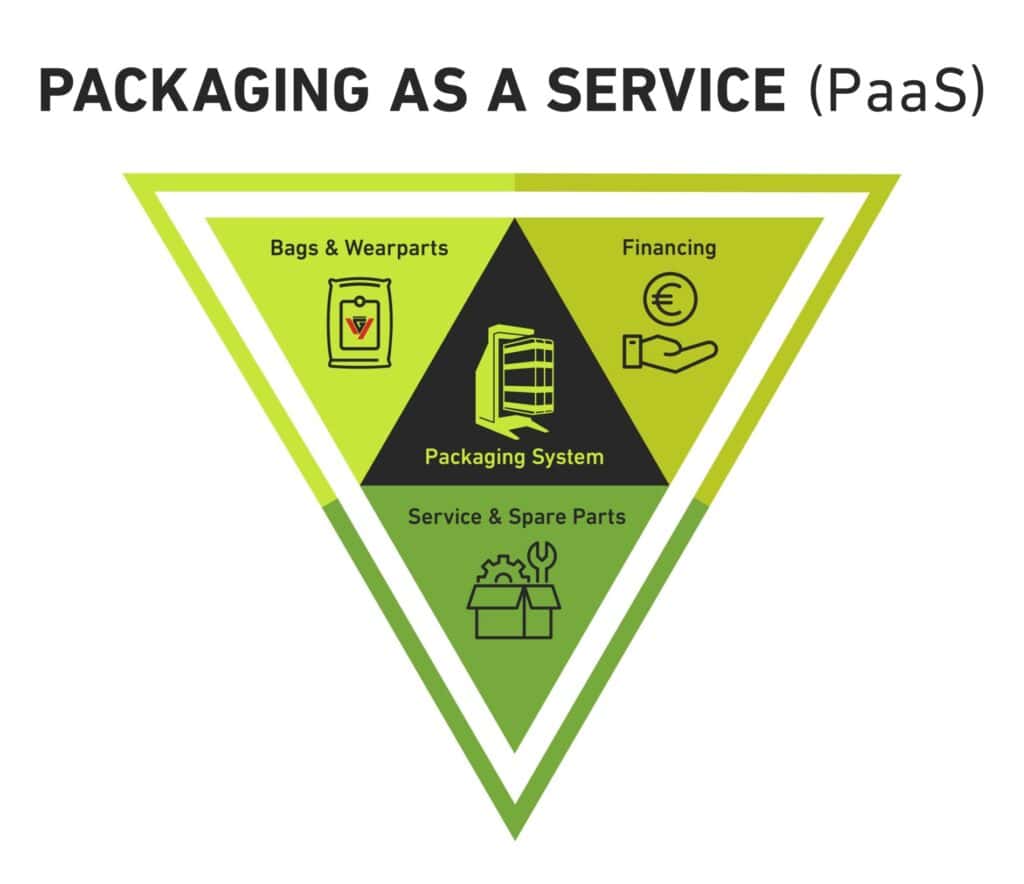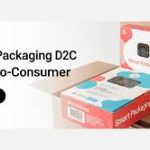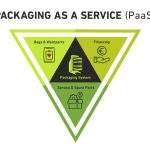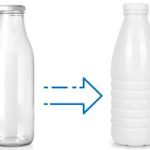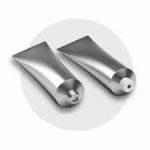As the packaging industry undergoes a sustainable and digital transformation, Packaging-as-a-Service (PaaS) has emerged as one of its most disruptive and scalable business models. Offering end-to-end, flexible packaging solutions on a subscription, rental, or pay-per-use basis, PaaS enables brands to access cutting-edge materials, automation, and reverse logistics—without the capital-heavy overhead.
With forecasts projecting hundreds of millions in revenue growth between 2025 and 2034, the PaaS market is experiencing a meteoric rise, fueled by booming e-commerce, sustainability imperatives, and a shift toward circular economy models.
Invest in Our Premium Strategic Solution: https://www.towardspackaging.com/download-sample/5679
What is Packaging-as-a-Service (PaaS)?
PaaS refers to a turnkey approach to packaging where providers offer fully integrated solutions, from design, sustainable materials, and AI-powered machinery to regulatory compliance, inventory management, and product returns. It’s especially valuable for industries like FMCG, pharmaceuticals, D2C e-commerce, industrial logistics, and retail, where packaging needs to be both highly functional and environmentally conscious.
Rather than buying packaging components, brands are now outsourcing the entire packaging lifecycle—enhancing operational agility and reducing their environmental footprint.
Key Market Insights: 2025 Snapshot
| Segment | Key Insight (2024–2025) |
|---|---|
| Top Region (by 2025) | Europe led the market with over 35% share due to regulatory focus and innovation. |
| Fastest-Growing Region | Asia Pacific, driven by massive investments in sustainable packaging infrastructure. |
| Top Material Type | Recycled paper & paperboard (28% share in 2024); bioplastics set for fastest growth. |
| Top Packaging Format | Primary packaging (pouches & bottles) led with 34%; compostable cartons on the rise. |
| Leading End-Use Sector | Food & beverage dominated with 39% market share in 2024. |
| Fastest-Growing Industry | E-commerce & retail, projected for strong CAGR through 2034. |
| Top Functionality | Recyclable packaging (42% share); compostable formats growing rapidly. |
| Distribution Channels | B2B held 62%; D2C (online) growing fastest with rising digital brand launches. |
| Leading Technology | Advanced barrier coatings (33% share); AI & LCA tools accelerating through 2034. |
Market Drivers: Why PaaS is Booming
-
Sustainability at Scale
Global mandates for carbon reduction and circular packaging have made eco-packaging and waste reduction non-negotiables. PaaS providers offer fully compliant, traceable, and recyclable solutions, reducing landfill dependency and enabling closed-loop systems. -
Rise of E-commerce & D2C Brands
With fragile goods traveling thousands of miles, there’s growing demand for protective, lightweight, and customizable packaging—services PaaS providers can scale flexibly across markets. -
Cost-Efficiency Through Subscription Models
By shifting to a usage-based model, companies avoid high CAPEX and gain real-time packaging analytics, quality assurance, and automation without owning infrastructure. -
AI & Digital Transformation
The integration of RFID, QR codes, NFC chips, and AI-based life cycle assessment (LCA) tools is allowing PaaS platforms to monitor product journeys, optimize material usage, and track emissions.
New Trends Shaping the PaaS Landscape
-
🚀 Harmonized Automation
Smart robotics, machine learning, and IoT-enabled packaging lines are helping companies offset labor shortages and enhance packaging precision. -
🌱 Smart & Connected Packaging
Adoption of interactive packaging (QR, RFID, NFC) is helping brands build loyalty, track logistics, and manage inventory in real time. -
♻️ Bioplastics & Compostables Surge
Demand for PLA, PHA, and cellulose-based plastics is rising, especially among clean beauty, vegan food, and premium beverage brands. -
📦 Reverse Logistics Integration
Closed-loop PaaS models enable returns, reuse, and reprocessing, ideal for refillable packaging and subscription brands.
Regional Outlook
🇪🇺 Europe: Leading in Innovation and Regulation
Europe is the global leader, thanks to:
-
Strong circular economy policies
-
Consumer preference for green brands
-
Innovation hubs in Germany, France, and the U.K.
-
Early adoption of automated return-ready packaging
Europe accounted for 35% of the global PaaS market share in 2025, with leaders like DS Smith, Mondi, and Stora Enso deploying large-scale infrastructure.
🌏 Asia Pacific: Fastest Growing Market
Projected to register the highest CAGR between 2025 and 2034, Asia Pacific’s rapid growth is supported by:
-
Massive investments in digital packaging infrastructure
-
Surge in e-commerce and logistics
-
Expanding middle class demanding eco-conscious brands
-
Manufacturing innovation in India, China, and Southeast Asia
Top Companies in the Packaging-as-a-Service (PaaS) Market (2025)
These companies are leading the charge with sustainable materials, smart automation, and integrated packaging ecosystems:
| Company | Key Focus Areas |
|---|---|
| Amcor plc | Custom packaging services, PCR solutions, AI-enhanced logistics |
| Mondi Group | Recyclable paper, advanced compostable materials |
| Smurfit Kappa | Circular fiber-based packaging systems |
| Sealed Air Corporation | Smart protective packaging, digital tracking |
| Tetra Pak | Food & beverage PaaS pioneer with automation focus |
| DS Smith Plc | Fiber-based packaging and closed-loop logistics |
| Huhtamaki Oyj | Bioplastics and recyclable packaging for foodservice |
| Berry Global Inc. | AI-enhanced packaging design and flexible packaging |
| Stora Enso Oyj | Renewable packaging technologies and LCA modeling |
| EcoEnclose, BioPak, Papacks | Startups pioneering eco-packaging-as-a-service for SMBs |
| ALPLA, Packhelp, Novolex | Tailored sustainable packaging for FMCG and D2C |
Challenges and What’s Next
Despite explosive growth, the PaaS market faces challenges:
-
Complex return logistics for reusable packaging
-
Higher upfront costs for smart packaging integration
-
Navigating regulatory differences across global markets
Yet, the long-term benefits—cost predictability, sustainability compliance, and agility—are driving PaaS adoption as a packaging standard by 2030.
Conclusion: From Cost Center to Competitive Advantage
The Packaging-as-a-Service (PaaS) model represents a paradigm shift in how brands approach packaging. No longer just a supply chain cost, packaging is becoming a strategic differentiator—driving sustainability, innovation, and customer engagement.
As brands, logistics providers, and retailers align to create scalable, sustainable, and intelligent packaging ecosystems, PaaS is set to redefine the global packaging economy from the inside out.
Source: https://www.towardspackaging.com/insights/packaging-as-a-service-market-sizing

